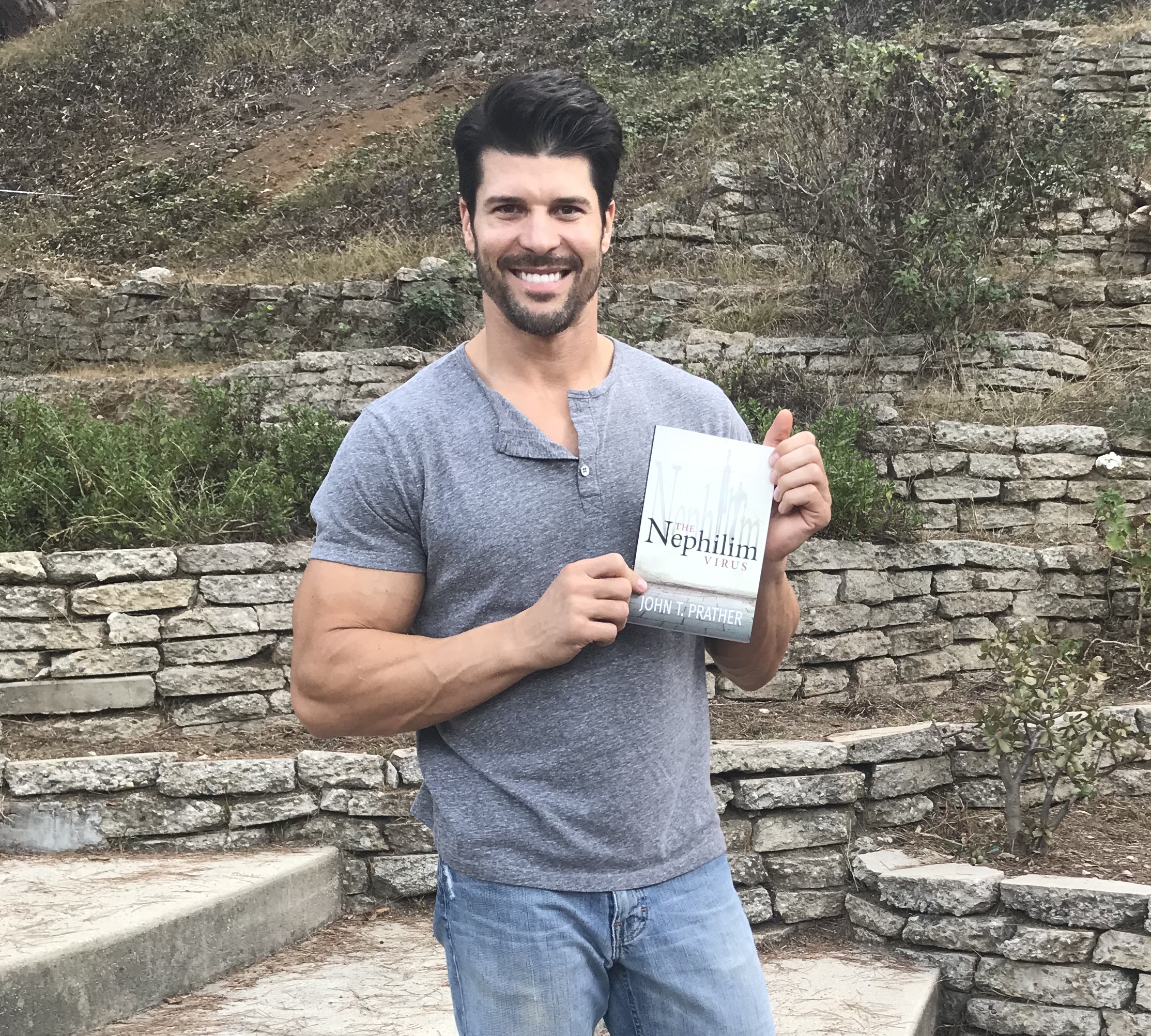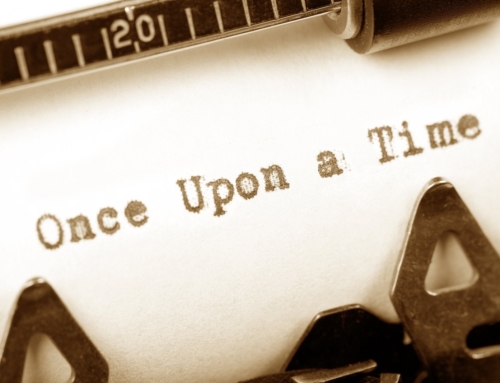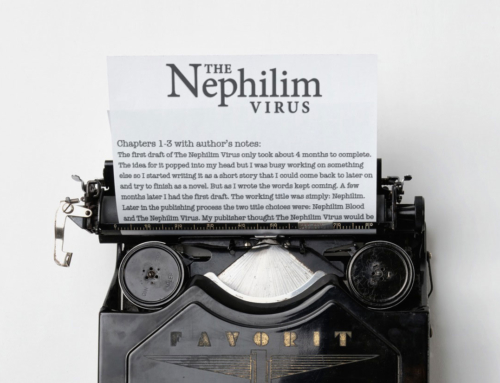One thing I learned from writing a book and getting it published is that there are a lot of people out there who want to write and publish their own book. Most of those people have no idea where to begin. Neither did I when I wrote my first manuscript and decided to attempt to get it published, but after a lot of trial and error, I succeeded. Now I’m going to pass the things I learned on to you in a simple step-by-step outline.
Most of the things I learned about writing and publishing a book came from reading books and searching the internet. There were a lot of pitfalls that I’m afraid to say I myself wasn’t informed enough to avoid. I made a lot of rookie mistakes. In an effort to help others save time and avoid some of those same mistakes I’d like to offer a few things I wish I would have known earlier about the publishing process.
I’ll start with the fact that there is no step-by-step instruction manual. That’s right. Despite what the title of this post says there is no step-by-step guide that guarantees publication of your manuscript. In most occupations there is a list of things you can do to move your way toward the top of that area of work. In most careers you can ensure yourself a job and a paycheck with the proper training and education. Unfortunately that is not the case as an actor or an author, my two chosen professions. If you choose either as an occupation, you can do all the hard work and still never see a dime. In fact, it will cost you to get started and there is nothing you can do to ensure your success or to guarantee that your hard work will pay off in the end.
So what I will give you in this post isn’t a step-by-step manual for getting a book published as much as it is a list of things you can do to increase (in theory) your chances.
Step 1: Read
No, the first step to writing a book isn’t to write. It’s to read. Read, read, read. Especially books like the ones you want to write. That is the only way to become a good writer. Reading is also a good way to research and learn from your competition. Pro tip: Buy books to help support other no-name authors because you might soon be one and you will need them to buy your book in return. The relationships you create by doing this will come in handy later.
Step 2: Create a home base
You thought writing a manuscript would at least be one of the first two steps of writing a book didn’t you? Not even close. Before writing and publishing a book you have to have a home base. You need a place for people (your fans) to find you. It needs to be a place you can control and a place that you own. You have to have a website with your own domain name (preferably your own name). Twitter and Facebook are necessary to build an audience, but they are only places where you are renting space. They can shut down or squash your free speech or kick you off at any time, at their discretion. You need a home base that you can control. A place you can use those other sites to send people back to. So the second step is to create a professional website for your writing.
Step 3: Start a blog
Now you have a home base so you need to give people a reason to visit on a regular basis. That usually means some type of blog. That way people who are fans of your writing can read your work and people who aren’t can become fans by reading your work. Pro tip: Publishers are NOT looking for good authors, they are looking for people with an already established audience and platform. If you already have thousands of fans clamoring for your work, then you can probably skip this step.
Writing a blog needs it’s own how-to post but there isn’t space in this post so I’ll just give you a few top tips.
1. Find a focus for your blog. What are you going to write about?
2. Create solid content. Write, write, write. It’s a good way to gain fans and a better way to practice your writing.
3. Aim to post at least once per week. Trust me, it’s harder than you think.
4. Be consistent. It’s easy to start out strong but quickly burn out, so pace yourself.
5. Aim for 500-1000 words per post. People have short attention spans. Write accordingly.
6. Add pictures and consider video blogs when possible. People are visual.
Step 4: Write a book
Finally! This is the part you enjoy doing. The actual writing of the book. Enjoy it. Creating your story is the best part. It’s all uphill from here. Find a way to enjoy and embrace the work it takes to write an entire manuscript. Then once you finish take a moment to congratulate yourself, everyone says they are going to do this but far fewer people actually do.
Step 4.5: Celebrate. Even if nothing further happens with your manuscript, the act of finishing it is a big accomplishment. Reward yourself.
Step 5: Edit, edit, edit. Then edit some more
This is the worst part of writing your manuscript. You have completed a manuscript that you are incredibly proud of (and should be), now you have to destroy it. You have to go through everything you wrote as if you are your own worst critic in order to make cuts and changes. You have to be as brutal as if your enemy wrote it instead of you. Then, once you finish that, you have to do it again. And again. And again, until you have virtually memorized all 80,000 words and each sentence is as absolutely sharp as you can make it. Now you are ready to…
Step 6: Write a query letter
Forget what I said before, this is the worst part about the process. This is where you try to boil down all your hard work into a few sentences and then pitch it with the excitement of a door-to-door salesman to people who couldn’t care less about your work.
Step 6.5: Grow a thick skin. I won’t tell you how to create a good book proposal because a) that would take an entire post itself and b) I’m not very good at it myself (but there is a lot of information on the internet and many books about how to do so). A tip I had to learn the hard way is to write and edit your proposal with the same ferocity and focus as you did your manuscript. Spend too much time doing this. Trust me.
Step 7: Send your query letter to agents and publishers
This is where the thick skin will come in handy. Not just because of all the rejection letters you will receive but because of the ones you won’t. The hard truth is that most of the time you won’t hear anything back at all. Most agents and publishers are dealing with such a high volume (and unfortunately, sometimes a low regard for writers) that they cannot send a response. My advice is this: Learn to enjoy the rejections you do get. They represent progress. They represent movement. They mean you have narrowed down the times you will hear no. Eventually you will hear a yes if you don’t give up. Pro tip: Follow the submission guidelines of each publisher or agent to the letter. They are sticklers about this. There is also an extremely wide range of things each one expects from your proposal.
Step 8: Enter writing contests and join book websites
There are hundreds of thousands (if not millions) of writers out there writing books. You have to differentiate your work somehow. One of the ways to do this is to join contests put on by author websites (Goodreads, Readers Favorite, and Book life are a few examples). Anything you can do to get your work in front of people you should do. It will be crucial for your success.
Step 9: Create relationships
You will need the people around you to buy your book. They will be your first (and possibly your only) customers and your best advocates. Begin to build relationships with people who might be interested in your work. This goes double for other authors. Support them. Buy their books. This will be crucial when you are looking for people to support your own work later on.
Step 9.5: Go to writer conferences and join writer groups. They are a great way to connect and create networks that will help you promote your work. (This should probably be its own step but unfortunately I’m naturally introverted so it’s something I have yet to do. I compromised and made it a half-step.)
Step 10: Gather endorsements
Shortly after you get your book published you will need to have other authors (or famous people) who will write something nice about your book that the publisher can use to promote your work. Develop those relationships early. Develop them before you need them because it is hard to find people who will stick their neck out to endorse your work and even harder to ask someone to do so unless you have a good relationship with them already. Pro tip: You will probably have to do this before your book is even through the final stages of editing.
Step 10: Consider self-publishing
Traditional publishing isn’t for every author. Self-publishing isn’t for every author. The world of publishing is changing. Self-publishing is a very real option these days. Especially if you have a large built in audience who is willing to buy your book. Again, there isn’t time in this post to write about the self-publishing process but there is plenty of information online. Whichever path you decide to take, be sure to do your research.
Step 11: Write another manuscript
A famous author once told me that publishers don’t want a one-hit-wonder. They want someone who is going to make them a lot of money and has the potential to write and sell multiple titles. He said one of the best things you can do after you have finished one manuscript is to write another. And another and another. You have to be able to show agents and publishers that you have the ability to make them money. They don’t want to spend their time and energy building up your author name and then have to start over with someone else. Write, write, and keep writing.
Step 12: Don’t expect too much
Writing a book probably won’t make you rich. Writing a book probably isn’t going to make you famous. According to Publishers Weekly the average traditionally published book only sells 250-300 copies the first year it is published and only 3,000 copies in its lifetime. And honestly your percentage of the money for the books that do sell won’t be very high.
Step 13: Don’t quit
Writing a manuscript and getting it published is a long, long, long process. It is filled with a lot of work and heartbreak. But if you can persevere, you can move yourself from the group of people who say they “always wanted to write and publish a book,” to the group of people who have.
–
This isn’t an exhaustive list. There are many aspects of publishing I didn’t have time to go into. And there is still much I don’t know myself. In this post I barely scratched the surface of the process of writing and publishing a book. But I did attempt to give a loose (non-linear) outline that is simple enough to get a new author started. If you are an author and you have some advice for me, please send it along. I would love to hear from you.
Good luck!
John







